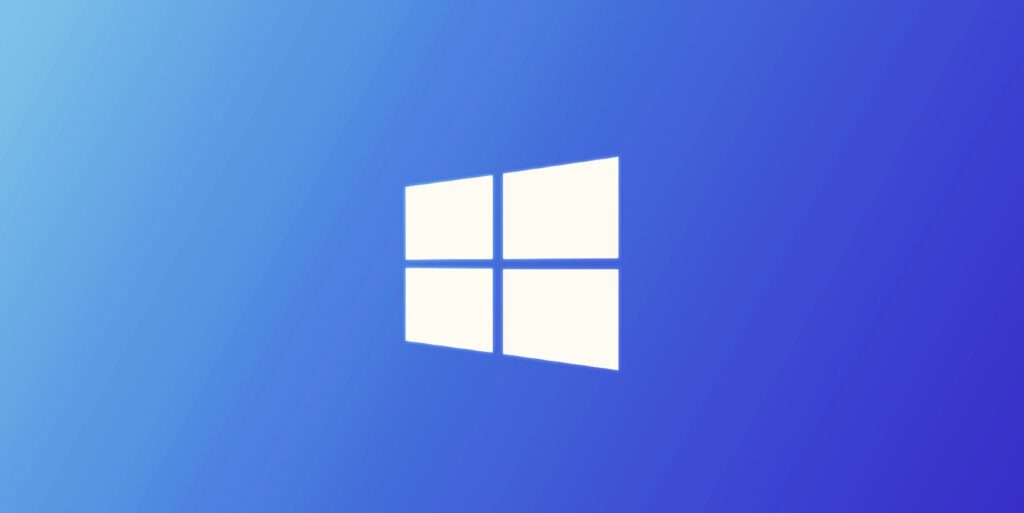Microsoft reminded customers that all editions of Windows 10, version 21H1, would reach the end of servicing (EOS) on December 13, 2022.
This reminder follows another warning issued last month that this Windows version is reaching its retirement date on December 13, 2022.
Microsoft said in an update to the Windows health dashboard that systems running Windows 10 21H1 (also known as the May 2021 Update) will no longer receive security updates.
Customers using it should upgrade to the latest release as soon as possible to avoid exposing their systems to attacks exploiting unpatched security vulnerabilities.
“The December 2022 security update, released on December 13, is the last update available for these versions. After that date, devices running these editions will no longer receive monthly security and quality updates containing protections from the latest security threats,” Microsoft explained.
“Customers who contact Microsoft Support after this date will be directed to update their device to the latest version of Windows 10 or Windows 11 to remain supported,” Redmond says in a separate support document.
The complete list of Windows 10 21H1 editions reaching their end of service includes:
Windows 10 Enterprise, version 21H1
Windows 10 Enterprise multi-session, version 21H1
Windows 10 Education, version 21H1
Windows 10 IoT Enterprise, version 21H1
Windows 10 Home, version 21H1
Windows 10 Pro, version 21H1
Windows 10 Pro Education, version 21H1
Windows 10 Pro for Workstations, version 21H1
Forced updates before EOS?
Microsoft will also likely soon start forcing feature updates via Windows Update on consumer and non-managed business devices running Windows 10 21H1 as it approaches EOS to ensure that they’ll still receive critical security updates.
“We recommend that you update your devices to the latest version of Windows 10, or upgrade eligible devices to Windows 11,” Microsoft added.
The company announced in January that it started a forced deployment of Windows 10 21H2 (the latest Windows 10 version) to more devices reaching retirement.
Windows 10 21H2 was designated for broad deployment in April, making it available to everyone via Windows Update. Windows 11 22H2 is now also available to all seekers on eligible devices since entering a new deployment phase on Tuesday, October 4.
You can check if your device is eligible and can be upgraded to the latest Windows 11 version using the PC Health Check app or by comparing your system’s specs with Windows 11’s list of requirements.
You can follow this guided walk-through or use this support document to fix any errors while upgrading to the latest Windows version.
More details regarding end-of-service dates for supported versions of Windows are available in the Windows Lifecycle FAQ, the Windows 10 Servicing Frequently Asked Questions, and the Lifecycle Policy search tool.
Microsoft also reminded customers on Tuesday that Windows 8.1 will also reach the end of support on January 10, 2023, and that it will not be offering an Extended Security Update (ESU) program.







